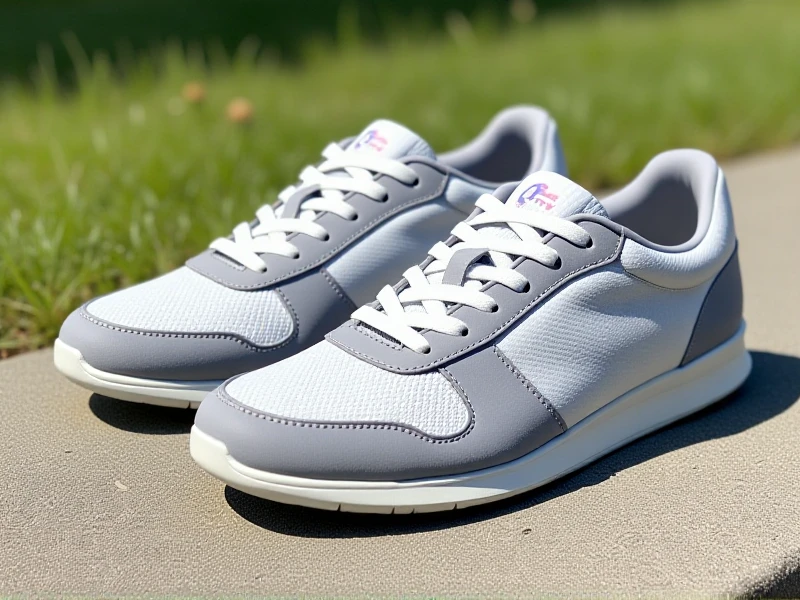
Elevate Your Game: Your Ultimate Guide to Performance Sports Shoes
Finding the right pair of sports shoes is about more than just style – it’s foundational for performance, comfort, and injury prevention. Whether you’re chasing a new 5K PR, dominating the basketball court, or powering through gym sessions, the correct footwear makes a world of difference.
Why the Right Sports Shoe Matters Think of your feet as the engine room. Every step, jump, pivot, or sprint sends significant impact through your body. Quality sports shoes are engineered to absorb shock, provide stability tailored to your movement patterns, and maximize energy return. Wearing the wrong type can lead to discomfort, blisters, and potentially serious injuries like shin splints or plantar fasciitis. Your feet deserve the proper support!
Choosing Your Perfect Performance Partner Matching your shoe to your activity is key:
-
Running Shoes: Prioritize cushioning and forward-motion support. Look for different profiles:
- Road Running: Lightweight cushioning for pavement.
- Trail Running: Aggressive tread patterns and enhanced protection for off-road terrain.
- Stability/Support: Features for runners who overpronate (feet roll inward excessively).
- Neutral Cushioning: For runners with a neutral stride pattern.
- Minimalist/Barefoot: Aimed at a natural running gait (consult an expert before transitioning).
-
Training & Cross-Training Shoes: Designed for versatility – think weightlifting circuits, agility drills, HIIT classes, and lateral movements. They prioritize stability, flexibility, and durability for multi-directional support on varied surfaces within the gym. A flat, stable base is crucial for lifting safety.
-
Court Sports Shoes: Basketball, tennis, volleyball, and pickleball demand rapid cuts, jumps, and lateral slides. Shoes for these sports feature:
- Non-Marking Soles: Essential for indoor courts.
- Enhanced Ankle Support: Often higher collars (especially basketball).
- Durable Uppers: To withstand dragging and friction.
- Court-Specific Traction: Patterned soles optimized for specific surfaces (hard, clay, artificial).
-
Walking & Hiking Shoes: While technically different categories, both prioritize comfort and support over long periods. Walking shoes are lighter; trail running or hiking shoes tackle more technical terrain with stiffer soles and greater durability.
Beyond the Activity: Key Features Explained
- Cushioning: Varies from plush (max cushion) to minimal. More cushion absorbs impact but can feel less responsive; less cushion offers ground feel and responsiveness for agility.
- Support: Incorporates elements like medial posts, arch support, and heel counters to control inward rolling (pronation) or offer neutral alignment.
- Fit: Crucial! Always try sports shoes on later in the day (feet swell). There should be a thumb's width of space at the toe. Heel should lock in snugly with no slippage. Width matters – don't accept pinching.
- Materials: Breathable mesh uppers keep feet cool. Synthetic overlays add structure and support.
Don't Forget Replacement! Shock absorption and support degrade, typically after 300-500 miles of running or 6-12 months of consistent training. Rotating between two pairs can extend their life. If aches or pains start creeping in, your worn-out sports shoes might be the culprit.
Invest in Your Foundation Choosing high-performance sports shoes isn't an extravagance; it's an investment in your athletic goals and physical well-being. Take the time to identify your primary activity and analyze your foot mechanics. Visit a specialized running or sports store for expert fitting advice. The perfect pair won't just make you feel better – they can help you move better, train harder, and unleash your full potential. Step up your game with footwear built for it.